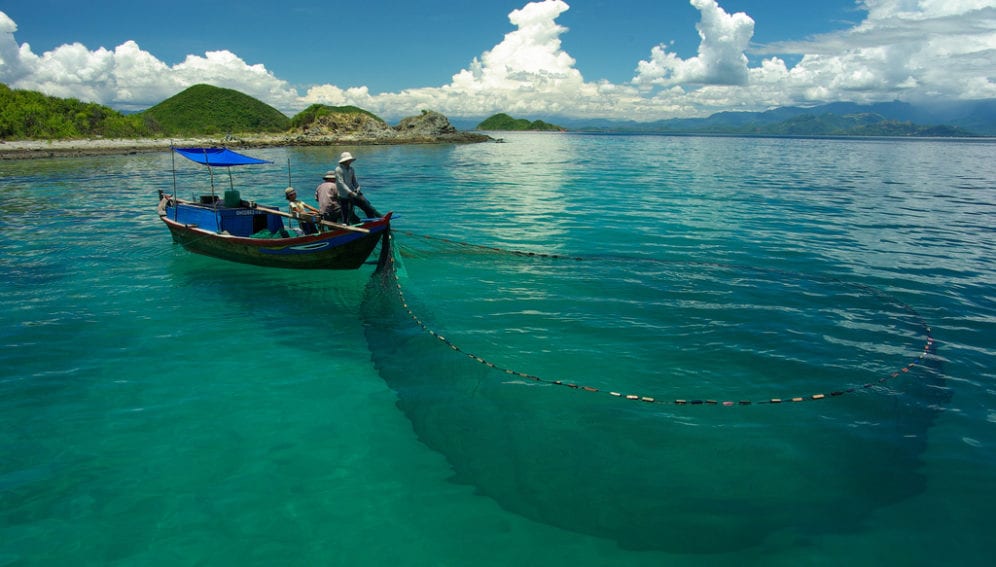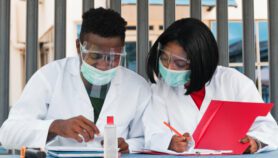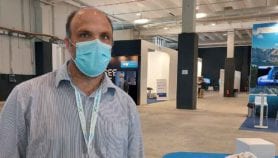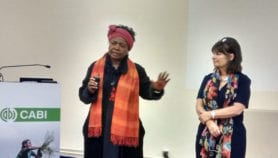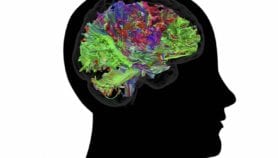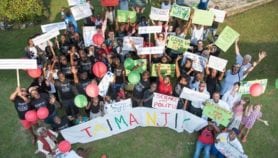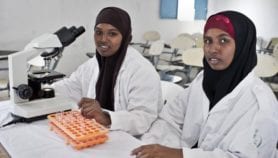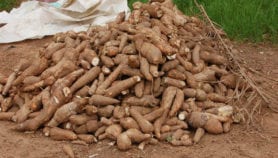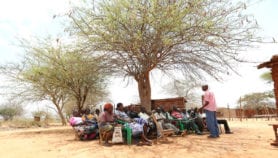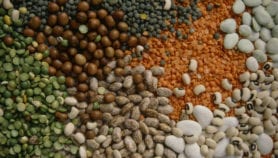By: Giovanni Sabato
Send to a friend
The details you provide on this page will not be used to send unsolicited email, and will not be sold to a 3rd party. See privacy policy.
A development project in Vietnam which has involved local people in applying scientific strategies has helped to halt the degradation of a large lagoon ecosystem, say scientists.
An update about the IMOLA project (Integrated Management Of Lagoon Activities) — funded by the Italian and Vietnamese governments along with Italy's Veneto Region — was presented during the 38th session of the UN Food and Agriculture Organization (FAO) conference in Rome, Italy, last month (19 June).
The project focuses on the Tam Giang-Cau Hai coastal lagoon in the country's central Hue province, and has helped set the area on a path of sustainable development, according to scientists.
"In less than ten years, from a pilot project focused on a few fisheries, it became a multisectoral intervention on food production and processing, environmental protection, tourism and community development in almost the whole lagoon area. It is an example that should be replicated," Nguyen Huy Dien, deputy director-general of the Directorate of Fisheries, part of the Vietnamese Ministry of Agriculture and Rural Development, told the conference.
The project started in 2005 and officially concluded in January, although activities such as evaluating its results are still underway and a final workshop will be held in August.
“We got people to form professional organisations, which are becoming more and more autonomous.”
Massimo Sarti
The lagoon is 70 kilometres long and around 300,000 people gain some income from it, from activities such as fishing, aquaculture, rice cultivation and transportation. It was recognised in the early 2000s that these competing activities were degrading the environment and fuelling conflicts between stakeholders.
"In 2005 we began to study how to rationalise the use of resources," Massimo Sarti, geologist at Marche Polytechnic University in Italy and IMOLA chief technical advisor, tells SciDev.Net. They found that much of the pollution was coming from shrimp farming, and mapped the different types of fishing equipment fishers used and how much fish could be caught sustainably.
For example, they created computer models to understand how fishing methods and sediments influence water movements, and then forecast how well specific interventions might work.
"Science was used with an eye to participation," says Sarti. "For example, with GIS (Geographical Information Systems) and GPS (Global Positioning System) we made maps where the fishers could easily recognise their areas and equipment, and discuss the interventions."
The project created 26 new fishery associations and improved the nine already established. Local scientists from several institutions were also involved.
Sarti says that although the final figures aren't ready, it looks like fish aquaculture has increased and shrimp cultivation is on the wane. He adds that wild fish populations are also recovering. Overfishing in the past meant that fishers used to often catch juvenile fish, but now there are larger and more fish to catch.
Some interventions were difficult to implement, says Sarti. Halving the number of nets so that fishers had to share equipment — or stop fishing if they had other incomes — meant good relationships with local authorities and stakeholders were crucial.
"For eight years we have been working side by side with local communities, everyday, village after village. So we got people to form professional organisations, which are becoming more and more autonomous. At first we organised the meetings, then they began to ask us to meet. Now they convene their assemblies and just invite us for technical suggestions."
The project is also looking at new activities. The Touring Club of Italy has produced a feasibility study of ecotourism in the region. It sets out a plan in two phases: the promotion of one-day visits (2013-2015) before setting up longer trips (2015-2020).
Sarti says the IMOLA team are now in discussions with Binh Dinh and Phu Yen provinces, which are asking for similar interventions.
Massimo Coccia, president of the Italian fishing cooperatives federation Federcoopesca, who is not involved in IMOLA, says that "thanks to its systematic, comprehensive approach and the strong involvement of stakeholders" the project is a good example of the ecosystem approach being used in countries where activities, such as fishing and tourism, co-exist in sensitive areas.
More on Networks
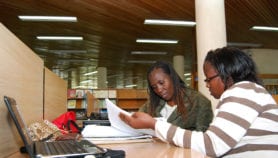
Script media release
Journalists offered ‘big break’ mentoring opportunity from Radio Nigeria
03/04/19


